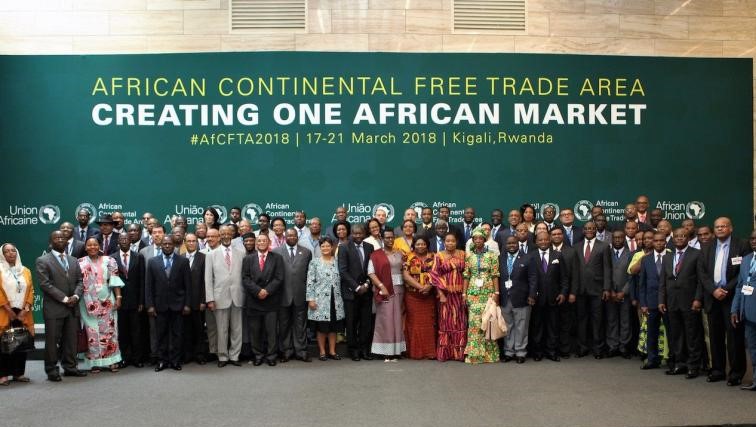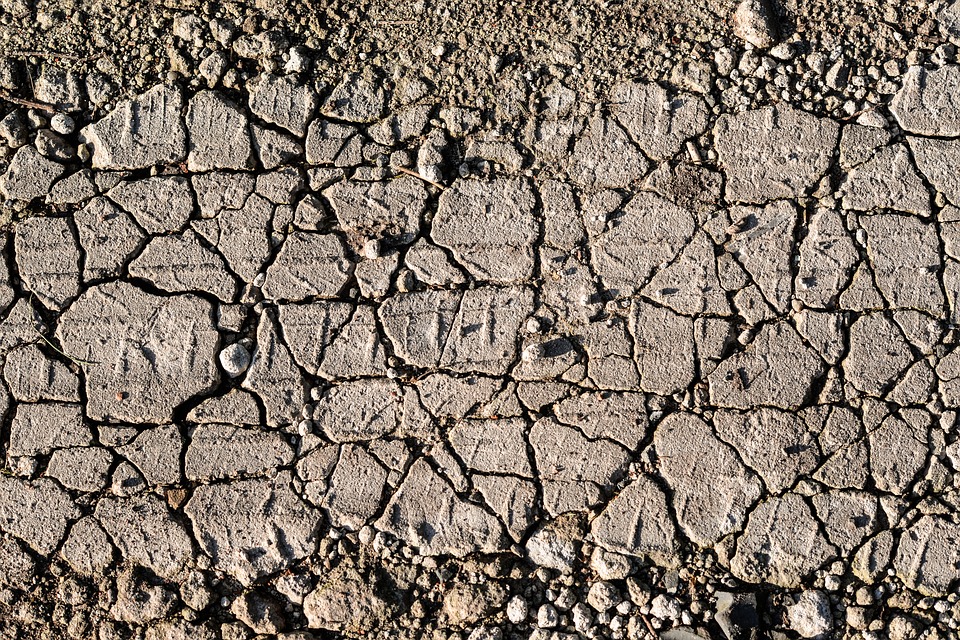
Télécharger le PDF
Le Berlin Institute for Population and Development, un think-tank indépendant spécialisé sur les questions de développement et de démographie, a récemment publié un rapport sur la contribution de l’agriculture au développement économique en Afrique subsaharienne1. Nous en publions la synthèse ci-dessous.
L’entame de ce rapport est sans équivoque sur son contenu « actuellement, le secteur agricole africain n’est pas en mesure de nourrir ses propres populations, mais il a le potentiel pour conduire le développement du continent ». La principale particularité de ce rapport est d’illustrer plusieurs dimensions des interactions entre agriculture et démographie par des comparaisons entre l’Europe et l’Afrique subsaharienne.
L’augmentation de la productivité du travail agricole en Europe observée lors de la 2nde moitié du XXème siècle est ainsi mise en perspective d’un développement agricole africain encore trop entravé par un manque de connaissances, de faibles capitaux, et l’insécurité du droit foncier. A cela s’ajoute une valeur ajoutée captée par d’autres continents alors que les agriculteurs africains « portent l’intégralité du risque en cas de récolte insuffisante ou de fluctuation des prix ».
De même la Politique Agricole Commune, plus exactement la PAC historique (1962-1992), est remarquée pour la stabilité et la protection qu’elle a offerte pour initier la modernisation de l’agriculture européenne. Cet exemple pourrait être utile à l’Afrique.
Illustré par neuf initiatives dans autant de pays africains, ce document propose des démarches vertueuses – relevant pour l’essentiel d’initiatives individuelles – pour faire de l’agriculture « la courroie du développement en général ».
Enfin, si les auteurs en appellent à un cadre politique favorable, incluant davantage de coopérations et des protections « pour ne pas exposer les agriculteurs soudainement à la compétition internationale », on relèvera que le sujet des règles actuelles du commerce international n’est étrangement pas abordé. Autre bémol, les références à la transition démographique agricole de l’Angleterre aux XVIIIème et XIXème siècles arrivent comme un « cheveu sur la soupe » et n’intègrent pas les facteurs dus à la colonisation de trois continents vierges. Une situation qui n’est pas près de se reproduire et qui milite, comme le fait globalement ce rapport, pour que l’on considère le sous-développement agricole africain comme une des causes profondes des migrations.
Christopher Gaudoin, Chargé de veille et d’analyse d’Agriculture Stratégies
Ample opportunities, huge challenges
Currently, Africa’s agricultural sector is unable to feed its own populations, yet it has the potential to drive the continent’s development. This may sound like a rather far-fetched hypothesis given that sub-Saharan Africa – the sole focus of this study – has the lowest level of development and the highest population growth of any region in the world.
In theory, however, the region has what it takes. About a quarter of the world’s areas suitable for crop farming and animal husbandry are to be found on the African continent. It offers favourable climatic conditions for harvests, a large reservoir of manpower is available, and the governments of the 49 states between the Sahel and the Cape of Good Hope, along with international development cooperation agencies, have realised that the urgently needed development leap must begin in the agricultural sector, which has long lacked attention.
However, there are major practical challenges to be overcome: yield per unit area and labour productivity in agriculture are low to date. Eighty percent of farms in sub-Saharan Africa are family smallholdings. They tend to farm inefficiently, especially because they lack access to know-how and capital and do not have secure land rights. Few use modern production-enhancing means such as mineral fertilizers, irrigation or machinery. Sometimes they even damage the sensitive soil by using poorly adapted methods. Droughts, heavy rain and other effects of climate change are making it more difficult to secure the supply of food. While many people suffer from malnutrition or have poor diets, a middle class is emerging in metropolitan are-as that has adopted “Western” eating habits and hence begun to suffer from “civilization diseases” such as obesity and its secondary effects
Gradual change in Europe
A glance at history shows that both in the early industrialised and later in the developing and emerging countries, the improvement of primary production always stood at the beginning of the socio-economic development process. In the pre-industrial era, farming in Europe was at a similar level to that of the majority of African smallholders today as far as the use of labour and agricultural aids is concerned, and the yields were comparably small.
Today, using energy and capital but with far less effort, European farmers are managing to obtain much more from arable land and animal husbandry than most of their counterparts south of the Sahara. But increasing intensification has also taken its toll on ecosystems and human health and made a huge contribution to human-induced climate change. In the course of these developments, agriculture has become ever more productive. Thus, farmers managed not only to feed growing populations but also to generate income from agriculture – and the workforce was freed up. The latter, in turn, found employment in the upstream and downstream sectors of the agricultural economy, from agricultural machinery manufacturers to processing enterprises such as dairies, in industry in general and in the growing service sector.
Learning from experience: leapfrogging for Africa
In comparison with Europe, Africa has very little time left to make progress in agriculture and turn it into a driver of development. Population growth is particularly pronounced in rural areas, while the cities are growing mainly as a result of migration from rural areas. As long as high fertility rates continue to accelerate population growth, per capita economic progress will be ever more modest. That said, Africa does have the advantage that it can bypass some of the roundabout routes of development and build directly on the latest scientific findings and state-of-the-art technologies. This leapfrogging approach, i.e., omitting certain stages of technological development that have proved obsolete, may help agriculture onto its feet. To learn from Europe’s experience means that African farmers must intensify, but in a sustainable way and without repeating Europe’s mistakes. But first of all they must ensure food security. To do this, they need to organize themselves in order to gain better access to knowledge and resources and to open up markets for their products. The rural population must become active as entrepreneurs, processing and refining raw products themselves in order to prevent companies in other parts of the world reaping the added value thus produced. In this way, attractive jobs can be created in rural areas. Establishing an “agrifood” complex will ultimately be the conveyor belt for development in general.
Africa’s farmers need support from both governmental and non-governmental development organisations in this endeavour. But above all, both farmers and domestic and foreign investors need governments to follow words with deeds when it comes to doing more for the development of agriculture.
Examples of good practice
The final and largest part of this study consists of nine case studies that show how the objective of sustainable intensification can be achieved, how value chains can be built and how Africans can drive change through their own efforts – or, at least, which promising approaches exist for learning from both good and bad experience and for leapfrogging certain steps.
The selection of countries is limited for reasons of space, but we have taken care to choose countries that are as different as possible and to highlight examples from different agricultural and processing sectors. In Senegal, for example, a veterinarian has built a value chain for domestic milk. In Ivory Coast, a women’s cooperative is refining raw cocoa to produce the finest chocolate. In Nigeria, a company is developing high-tech agricultural aids that even farmers with less capital can afford. In Zambia, a project is using fish breeding and the cultivation of soybeans to diversify agriculture and make it more attractive for young people. In Malawi, maize farmers are once again learning to appreciate the advantages of crop rotation. Another selection criterion was to track the most diverse possible initiatives on which the projects and activities described are based. The impetus to change sometimes came from start-ups willing to take risks, sometimes from scientific institutions and sometimes from international organisations.
1 https://www.berlin-institut.org/fileadmin/user_upload/Vom_Hungerland_zum_Hoffnungstraeger/Aethiopien_online_en.pdf











